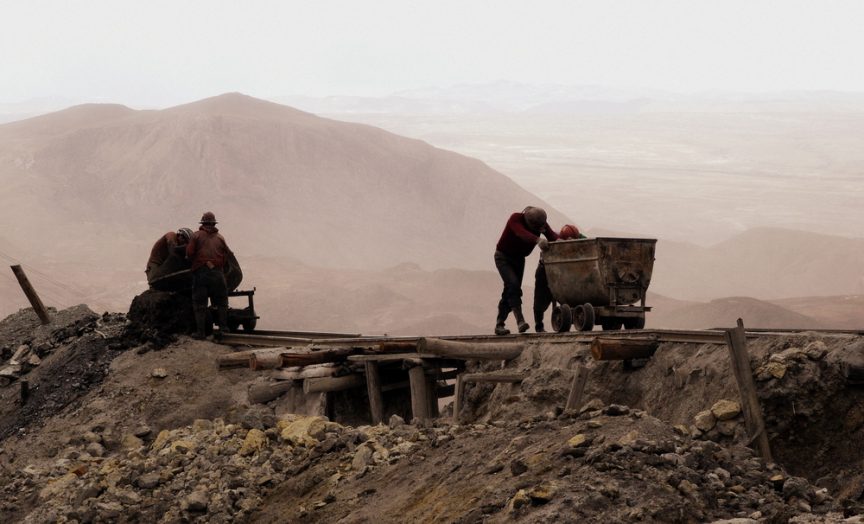Silver is already being traded at prices much higher than last year, prompting speculation that 2019 could be the year that the silver mining industry truly takes off.
Silver prices are up by 12% over 2018, and considerable buzz is now building around the precious metal. After a brief dip last year, silver’s steadily increasing value could soon make 2019 a banner year for not just silver mining companies, but the entire precious metal mining industry.
Silver’s exciting comeback is already having an impact on mining enterprises like Mexico’s First Majestic Silver whose stock has seen a 17% increase in value since just last month. This rapid change is due to a number of global economic factors that are driving interest in precious metals including the growth of green energy technologies that rely on such metals.
Silver Mining Businesses Pounce on High Prices
First Majestic’s acquisition of the San Dimas silver and gold mine in 2018 allowed it to ramp up production and remain profitable even during a weak period for silver. With silver expected to remain strong throughout 2019, First Majestic is uniquely well positioned to take advantage of this ongoing boom. After being oversold last year and with production continuing to increase, experts suggest the mine will be a fairly safe stock market bet this year.
But First Majestic isn’t the only company that could benefit big from rising silver prices. Experts say that South Africa’s mining industry is also on the rebound, despite harsh regulations that keep labor costs high and cut into profit margins. Meanwhile, Endeavour Silver reported a 7% overall increase in silver production last year over 2017, suggesting even better performance in the coming year.
What’s Driving the Silver Boom?
One of the reasons that silver is expected to continue to perform well throughout 2019 is a concurrent rally in gold prices that began in November 2018. The fortunes of the two precious metals are typically tied to one another and with market forecasts indicating a bull market for gold this year we can reasonably expect similar outcomes for silver.
Precious metals in general are also looking more and more attractive to investors because they have historically been a safe refuge for investments when the global market has looked unsteady or unpredictable. Furthermore, countries are increasingly investing in green energy infrastructure that requires precious metals like silver as well as rare earth metals like molybdenum. Processes used by wind turbines, lithium-ion batteries, clean coal technology to produce energy require at least a small amount of silver.
Letting the Boom Times Roll
But with factors like increasing labor prices going against it, the silver mining industry can’t expect to just ride these high prices in order to succeed. First Majestic’s success seems to be due in no small part to their dedication to reducing overhead — the company cut its AISC by 2% in 2018, demonstrating their commitment to reducing the costs of sustaining operations.
Companies looking to get serious about cutting costs and taking advantage of what looks to be a great year for silver should consider looking at their haul and access roads. Without proper dust control, these roads can bring heavy regulatory fines, cause damage to vehicles, and even injure workers. Luckily, these companies have an industrial dust control partner in
Midwest Industrial Supply, Inc.With over 40 years of experience helping mining companies achieve greater dust control, Midwest has the expertise your business needs to keep fugitive dust from suppressing your profit margins as silver’s performance continues to improve. Our line of products includes Soil-Sement®, which traps the fines of haul and access roads into the surface by binding to the aggregate materials already in place at your worksite. What’s more, they’re also certified as non-toxic, non-corrosive, and environmentally friendly by independent agencies like the EPA.
2019 could be the best year yet for silver, but will it be the best year yet for the companies working to produce it? That depends on how prepared they are to control operational costs by controlling dust at their worksites.

